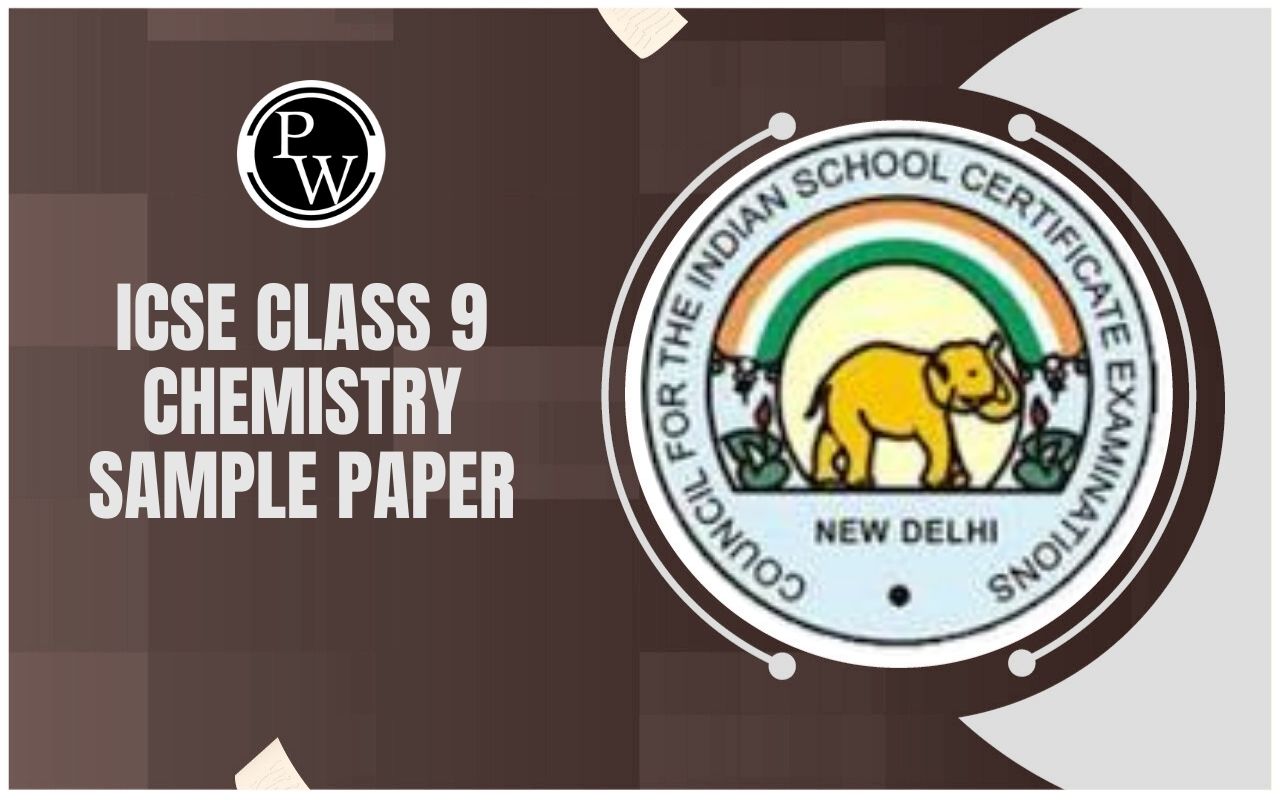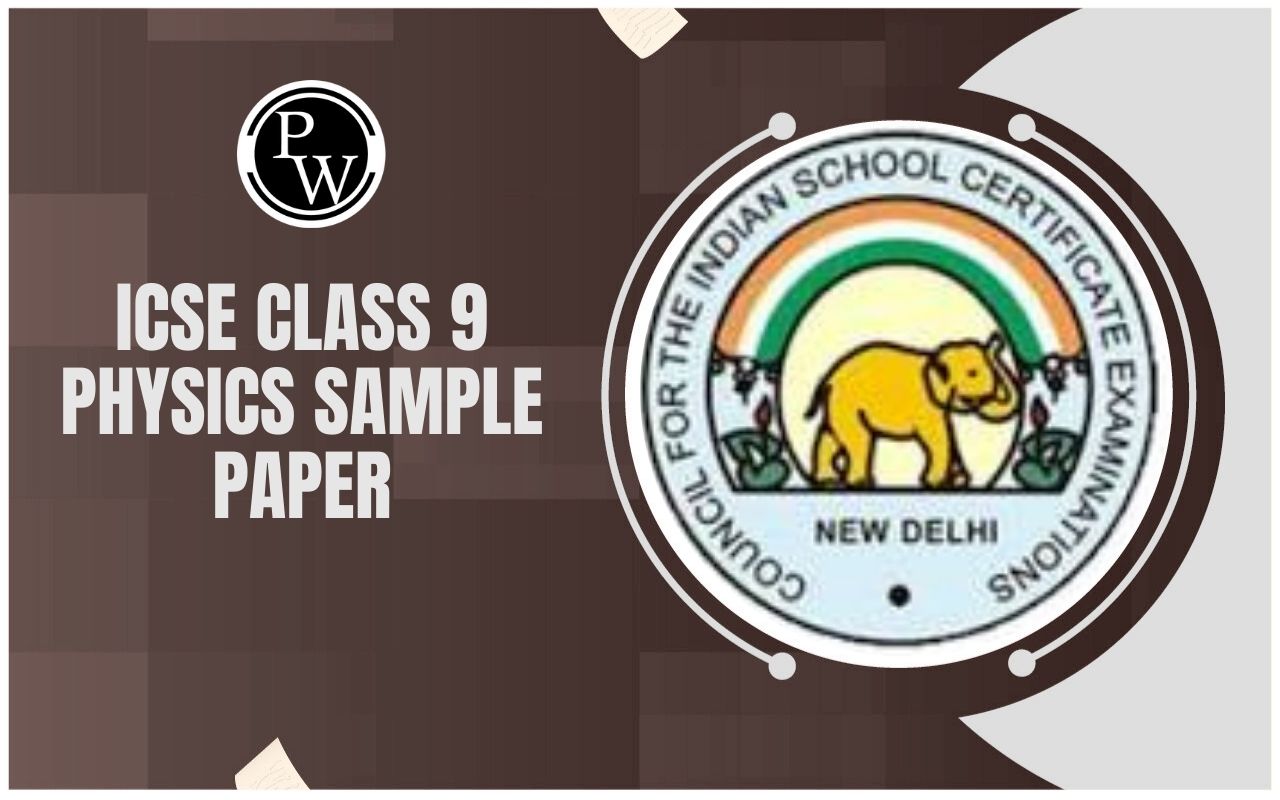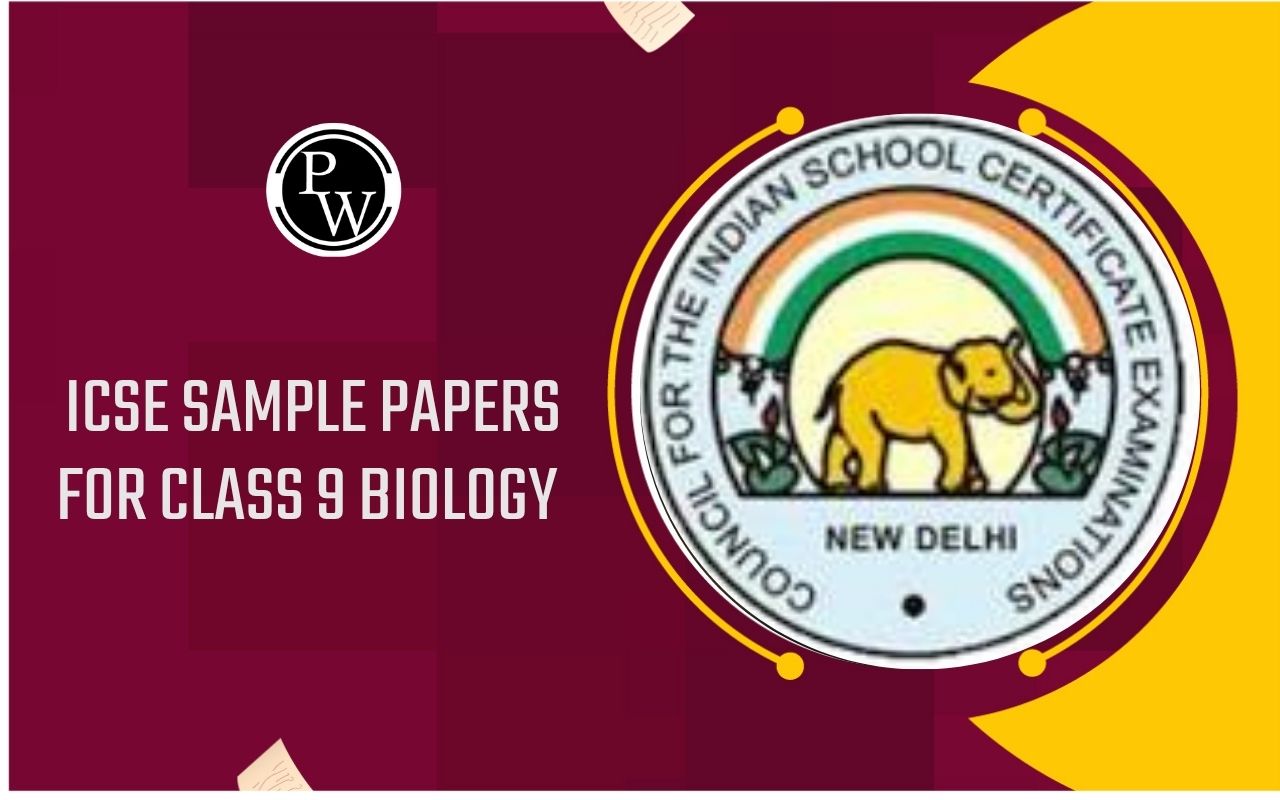

A plant's seed is its fundamental component. After fertilization, the ovules transform into seeds. An embryo plus a seed coat combine to form a seed. A radicle, an embryonal axis, and one (of wheat or maize) or two cotyledons make up the embryo (gram and pea). Fruits have seeds inside of them that, when planted, grow into new plants. Therefore, the seed is the most important part. There are mainly two categories of seeds. The two varieties are Dicotyledonous Monocotyledonous Seed :
- Monocotyledonous and
- Dicotyledonous Seed
In this article we will discuss briefly these two categories of seeds, their similarities, and differences.
Also Check - Diagram Of Neuron
Introduction
- For plants to reproduce sexually, seeds are a necessary component.
- It only occurs in angiosperms and gymnosperms and is the result of sexual reproduction in plants.
- Gymnosperms don't have fruits or blooms, hence their seeds are visible or "naked."
- Angiosperms, on the other hand, have developed ovules that grow inside the fruits following fertilization.
- According to the number of cotyledons in the seed, angiosperms are either monocots or dicots.
General Characteristics
- A monocot, which is short for "monocotyledon," has a single seed leaf. "Mono" denotes 'single', while 'cotyledon' denotes a seed leaf. The veins of this long, thin seed leaf almost invariably run parallel to the central midrib and are typically the same form as the mature leaf. In certain cases, adult leaves are pinnate, like in many palms, yet each leaflet's veins run parallel. Several monocot plant families are easily recognizable. The grass is a common type of food plant. Therefore, monocots include plants like wheat, oats, barley, and sweet corn. The majority of bulbous plants, palms, and orchids are monocots.
- Since 'dicot' is the abbreviation for 'dicotyledon', a dicot is a plant with two cotyledons. Because they are the two halves of the seed, the seed leaves are typically spherical and plump. The initial genuine leaves can take on a variety of forms, including long and slender, rounded, or palmate. There are significantly more species of dicots than monocots, and they make up the majority of trees, shrubs, and annuals and perennials found in gardens.
- While dicots occur in a wide variety of sizes and shapes, most monocots are tiny herbaceous plants. One explanation for this is that huge plants require a strong support system, which dicots' woody stem and root offers. Because they lack any woody tissue, monocots rarely become trees. If we examine the cut surface of a branch, we can observe that woody tissue develops in different rings. The heartwood, or older layers that have ceased growing, is in the center. Following that is a ring of developing tissue, and finally the outer layer.
- There are several pipes in the growing portion of the stem or trunk that transport food and water from the leaves to the majority of the plant body. The term for this is vascular bundles. Every year, new pipes sprout, while the inner rings' pipes stop conveying water and squish closer together. Due to its increased strength and toughness, the stem's midsection may support the stem. The stem or trunk widens annually as a result of the growth of new pipe rings each year. It's known as secondary growth. A dicot can create new growing points or branches if the tip is clipped since there is growth both around the stem and at the tip.
- Monocots' stems do not develop in this manner. Most of the time, a new stem grows each year after the entire stem has died down. The vascular bundles are dispersed throughout the stem rather than organized to form continuous pipelines. The sapwood, which is soft and squishy, is all that grows because the stems don't get broader each year but rather start over. The single site of growth is at the top of the stem, therefore branches or side shoots cannot develop.
- Dicots frequently have lengthy tap roots that can extend far into the earth in search of food and water, which is another factor contributing to their ability to grow into enormous plants. A tap root initially develops in monocots, but it dies shortly after germination and is replaced by short adventitious or fibrous roots that emerge from the stem's base. Monocots often have bulbs or corms that carry a supply of food to keep them going until their new roots and leaves have formed because they only have short roots and must find another means to receive food when they start growing again in the spring.
- Sometimes a monocot's young shoot is encircled by the base of an older leaf (as in grasses). It is known as a sheath. Additionally, occasionally a little leafy growth can be seen at the base of a leaf or the joint of a dicot stem. This is known as a stipulate.
Also Check - Dengue
Monocotyledonous Seed Structure
Seed Coat
- In some circumstances, the seed coat, which is its outermost layer, may continue to be attached to the fruit wall. The seed coat is composed of two integumentary cell layers. The inner layer of the tissue is the tegmen, and the outside layer is the testa, and both come from the mother plant.
- The layers of the seed coat of some monocots are not well separated. In certain instances, they may even be bonded to the fruit wall. If the outer layer is distinct, it might have hair growth in the form of patterns or patches. The number of layers in the seed coat depends on ovule characteristics. The interior Ovules with two layers of integument can remain as a single layer or split into two or more layers that gather nourishment.
Embryo
- In the groove that runs along the endosperm of monocots, there is an embryo. A bigger, shield-shaped cotyledon called the scutellum surrounds it. The embryo axis contains additional structures including the plumule, radicle, hypocotyl, and epicotyl.
- These structures ultimately result in embryogenesis, the process through which a new plant develops. Of all the seed's components, the embryo has the highest concentration of lipid-soluble vitamins and lipids.
Epicotyl
- The epicotyl, which develops more quickly than the other components of an embryo, exhibits hypogeal germination. Hypogeal germination is the growth of plumules above the soil while the cotyledons stay below the earth.
- The epicotyl area serves as the junction between the development of cells in the epicotyl and the shoot apex, which are the first genuine leaves of the embryo. Dicots and monocots define epicotyl differently. While dicots refer to the portion of the shoot above the cotyledons, monocots refer to the shoot that emerges from the earth or seed as the epicotyl.
Hypocotyl
- The region of the seed above the radicle and beneath the cotyledons, or seed leaves, is known as the hypocotyl. Although the hypocotyl eventually becomes a component of the stem, it performs a crucial job during germination by forcing the cotyledons out of the earth.
- Even though the hypocotyl grows more slowly than the epicotyl, it is nevertheless the first structure to appear above ground. Epicotyl replaces the radical and hypocotyl. However, epicotyl cells are brittle and might sustain harm while growing.
Cotyledon
- A modified cotyledon develops a scutellum in monocot plants. This absorbs food from the endosperm that has been stored and is not photosynthetic. Cypress and pine trees contain 24 cotyledons. Cotyledon life durations differ between species. While some just last a few days, others can continue for a whole year.
Also Check - Dental Formula
Dictyledenous Seed Structure
Seed Coat
- The term "seed coat" refers to the dicot seed's outer coating. The testa, or external layer, and the tegmen, or internal layer, are the two layers that make up the seed coat.
- The hilum, which is a scar on the seed coat, is where the developing seeds attach to the fruit.
Embryo And Cotyledon
- An embryonal axis and two cotyledons make up the embryo that is present in the dicotyledon seed.
- The developing embryo's food reserves are provided by the fleshy, photosynthetic cotyledons.
- The seed coat, which comprises two cotyledons linked to the primary axis, encloses the embryo.
- On the terminal ends, between the cotyledons, there are two rudimentary leaves. The first is a plumule, which is found on the terminal, and the second is a radicle, which is located on the opposite side of the embryonal axis.
Epicotyl, Hypocotyl, And Radicle
- The radicle gives rise to the root, while the plumule produces the shoot. The epicotyl is the area between the plumule and micropyle, and the hypocotyl is the area between the radicle and micropyle.
Also Check - Diagram For Meiosis
Dicot And Monocot Seeds Difference
| Monocot seeds | Dicot Seeds |
| In the seed coat of monocots, there is only one seed leaf. Due to the lack of endosperm inside the seed leaf, it is frequently simply a thin leaf. | Inside the seed coat of dicots are two seed leaves. Because they contain the endosperm needed to feed the developing plant, they are typically spherical and fat. |
| A monocot seed only produces one leaf when it sprouts. Usually, it is long and narrow, just like an adult leaf. A monocot has just one seed leaf, even when it has a very rounded appearance. | A dicot generates two seed leaves when it germinates. They are typically fatter than real leaves since they supply the developing plant's sustenance. The earliest genuine leaves frequently have a unique form. |
| Monocots typically have fleshy, unbranched stems. From year to year, they don't get thicker. The elder leaf frequently forms a protective sheath around the new leaves as they develop. Monocots typically have short, stringy roots. They have bulbs. | Dicots typically have tough stems. They frequently have branches and might get wider every year. At the base of the leaf, they sometimes have stipules. The root is frequently a single, lengthy tap root from which additional, smaller roots sprout. |
| Monocot seed pods and fruits often have three components. Frequently, the seeds are huge and meaty. Monocot seeds include both the world's biggest seed, the coco-de-mer, and the tiniest seed, the orchid seed. | Dicots have very diverse seedpods, fruits, and seeds in terms of texture, size, and shape. The seedpod might have one chamber or several, or any number in between. A seedpod frequently contains more seeds than a monocot seedpod does. |
| Monocots frequently have long, narrow leaves with straight veins running the length of the leaf. On occasion, parallel veins can be seen running from the leaf's center to its margin. | Dicot leaves come in a wide variety of sizes and forms. The veins generate a netted pattern all over the leaf as they travel from the leaf's center midrib to its edge. |
Dicotyledonous Monocotyledonous Seed FAQs
What are the typical examples of plants having Monocot leaves?
What are the typical examples of plants having dicot leaves?
What factor primarily differentiates monocot leaf from dicot leaf?
What is one similarity between monocot and dicot leaf?












